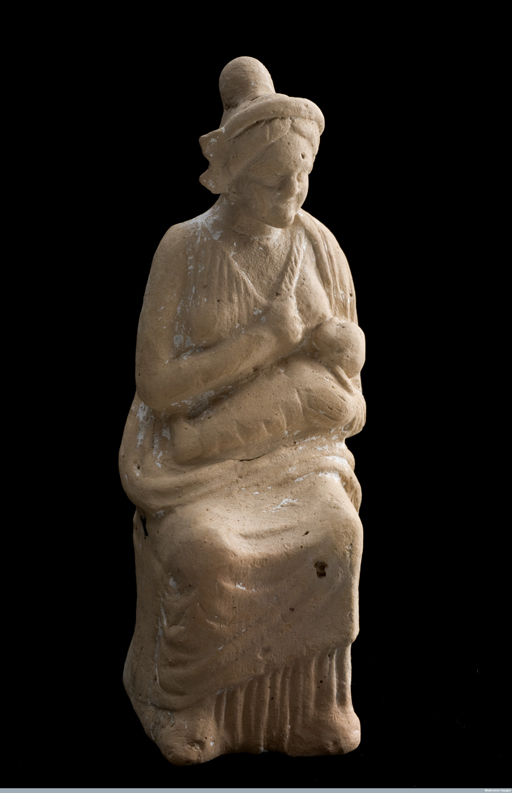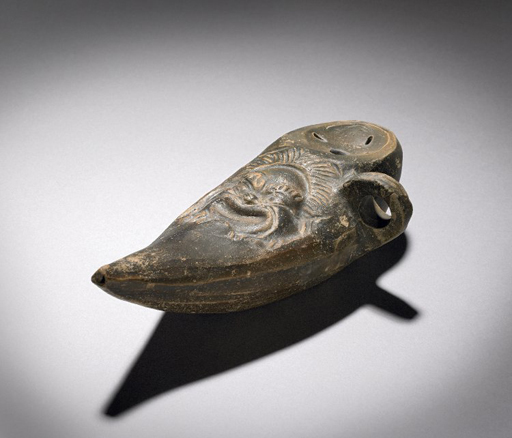2.5 Breast milk in antiquity
A further finding from bone evidence is that babies in the ancient world were fed for longer than in many cultures today. In the first couple of days of their lives, however, ancient Greek and Roman babies may not have been fed on breast milk, as Soranus tells us:
Now after putting the newborn to bed subsequent to the swaddling, one must let it rest and, in most cases, abstain from all food up to as long as two days. For it is still violently upset in all parts and its whole body is yet full of maternal food which it ought to digest first, so as at the proper time to take other food readily.
Research shows that the first milk, colostrum, is actually extremely rich in antibodies, and therefore contributes to the health of the newborn. However, the tradition of letting a baby fast after birth is still practised in some parts of the world today, following a common folkloric belief that the first milk is a dangerous, tainted substance. Soranus describes it as being:
unwholesome, being thick, too cheese-like, and therefore hard to digest, raw, and not prepared to perfection. Furthermore, it is produced by bodies which are in a bad state, agitated and changed to the extent that we see the body altered after delivery when, from having suffered a great discharge of blood, it is dried up, toneless, discoloured, and in the majority of cases feverish as well.
The mention of blood here is important. The ancients believed milk to be concocted (that is, ‘cooked’) menstrual blood: they had observed that breastfeeding women do not menstruate for many months after the birth of a baby. If a woman loses blood while also producing milk, as she does in the first few days after giving birth, she risks complete exhaustion. Even worse, they thought, the blood may mix with the milk and poison the baby.
While the ancients regarded the first milk with suspicion, they considered normal breast milk as a very healthy substance, not only for babies but also for adults. The pharmacological writer Dioscorides (first century CE) describes several of its possible uses, including for eye injuries. As you saw in Week 2, eye conditions were often described in the ancient world:
The milk of a woman is extremely sweet and nutritive. Suckled it helps against gnawing of the belly and phthisis [a type of wasting disease]. It is also good to give against poisoning with sea-hare. Mixed with powdered frankincense, it is instilled in eyes that are bloody because of a blow; and applied as a cerate [an oily preparation] with hemlock, it helps those affected with gout.
Note that, when breast milk is to be drunk, it must be ‘suckled’ (taken at the source), even if the patient is an adult. This may seem very strange to us, but it makes a lot of sense: milk straight from the breast does not require heating as it is at body temperature. Offering her breast also spares the woman the bother of expressing milk, which can be very time-consuming.
In cases when Greek and Roman women expressed breast milk, they may have used a vessel like the one in Figure 8, which was found in Pozzuoli (Latin Puteoli), a very important port near Pompeii.
Archaeologists call these artefacts ‘baby feeders’, both because of their shape – which is very close to that of invalid feeders used until the beginning of the twentieth century – and the place where they are generally found: children’s burials. Scientific analysis of residues in ancient baby feeders reveals that they indeed contained milk. The contexts in which these baby feeders were used, however, remain unclear. They must have been very difficult to clean properly, and may therefore have posed a danger to the health of babies.


